Commentary: Forced diversity in entertainment is dismal progress
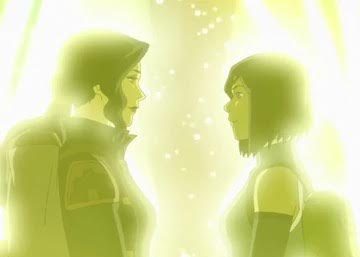
Legend of Korra portrays a “new” type of relationship, but the presence of various sexualities and diversity should be more widespread in the media.
As the final episode of the series came to a close, I sat back, a slight bit disappointed and even more confused.
The entire series, I was on the edge of my seat looking for the promised relationship growth that I had seen all over the internet before I had finally sat down to watch The Legend of Korra for myself.
I thought that Korra and Asami were supposed to fall in love? At the very least, weren’t they supposed to be best friends? Where is the growth? Where is the character development? The relationship development?
Then, it happened: Korra turned to Asami, and Asami to Korra, and they gazed into each other’s eyes. The final moment of the show gave the audience a final glimpse at Korra and Asami leaving for the Spirit World, holding hands and looking at each other lovingly.
And there you have it. They’re in love. What a happy, queer couple.
My first reaction to this scene was bewilderment. Then, I became angry.
No, I’m not some homophobe, that’s not why I’m angry.
I’m angry because the only depiction the producers of The Legend of Korra gave to their audience of a queer relationship was in the last ten minutes of the entire series. Not just the last season or episode– the entire series.
Don’t get me wrong, I comprehend the limitations that Nickelodeon gave many of the creators of their shows in terms of preventing them from displaying any sort of diversity, especially queer diversity; but I really, genuinely feel as though the series dropped the ball on this one.
The progression we see between Korra and Asami is almost non-existent. I would argue that by the end of the series, the pair were just buddies at most, but the creators of the show threw in this surprise lesbian relationship out of literally nowhere. It was entirely for the sake of audience appeal, and had no benefit to the story.
I’m absolutely sick of this.
Don’t misunderstand me, because believe me when I say that I genuinely want to see so much more relationship diversity than what is commonly portrayed in media.
I want to see gay relationships normalized. That would be one of the biggest factors towards ending the stigma surrounding queer relationships, but I don’t want it to be something thrown in at the last minute for audience appeal.
I want to see a progression. I want to see development; the same highs-and-lows that you would see in a straight relationship. I want to see a genuine, heartfelt connection before the couple gets together, and I want to see the couple grow together.
What I don’t want is for an out of the blue relationship to pop up just for the sake of diversifying the narrative.
Those who are less critical of the series will go, “Yes! Oh my god! That’s so adorable, they added in the bare minimum! Go Nickelodeon!”
Others who are willing to dig a bit deeper, are able to see the bigger issue in using diversity as a shock factor and as some cute little token trope to pander to the audience.
The sad truth of the matter is that this isn’t the only series that is guilty of this either.
It’s literally everywhere.
It’s in Marvel’s “End Game” in the final battle, when all of the women mysteriously pop out of nowhere to save the one man, because “Go women!”
It’s in Netflix’s “Tall Girl” where the best friend is a black girl who adds literally nothing to the plot, but she’s there to stand out and be a token diversity character to the otherwise white cast.
It’s in teen romance films such as the sequel to “The Kissing Booth” where one of the side plots is literally just the main character being a straight savior and helping their gay friend find love even though it adds nothing to the plot of the movie.
The issue at hand is that it takes real people and their lives and turns them into an accessory. It’s lazy writing.
We need to see more women with genuine agency, who are able to make decisions for themselves in the story and not just have the plot move around them.
We need to see more queer relationships in film where the couples are treated like human beings and not as some shock factor. And while we’re at it, let’s allow gay couples to struggle with something besides just being gay.
We need to see more ethnic diversity in films where people of color are more than just the best friend.
When writers force diversity by adding in useless token characters and by giving diverse characters no sense of agency whatsoever, it makes these characters appear less human, and more like a prop to pander to a desperate audience.
To those like me, the audience of the film industry: we need to be more critical of the use of diversity in films and we need to call out writers for their poor choice in writing.
To all writers: be better.
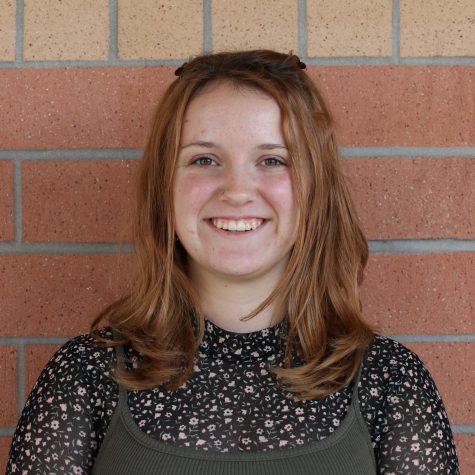
Piper, a senior, is one of the editors-in-chief, and this is her second year on Gazette staff.



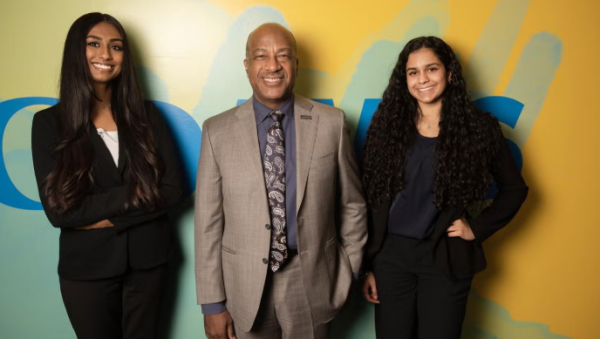

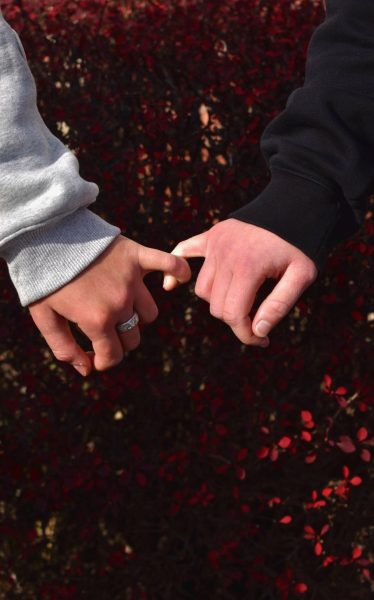

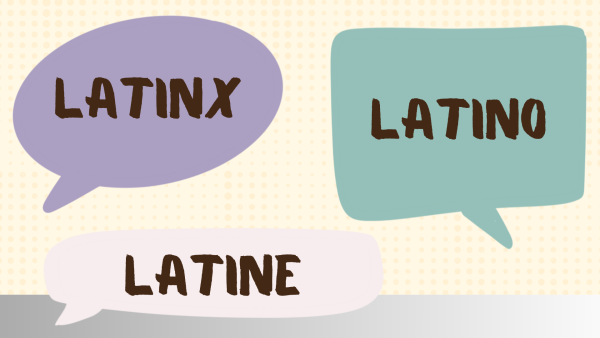
![A group photo of all students who came to STN at the first Cinefest of STN were they showed films that other schools did for some of the competitions.
"[my favorite moment was] crazy 8 or cinefest or socializing." Elliana Montez a freshman at GBHS](https://granitebaytoday.org/wp-content/uploads/2025/03/CgHlLzxuCLXTL8GUeOFSXTK2JFtSMxUFrH6bnLcM-600x450.jpg)

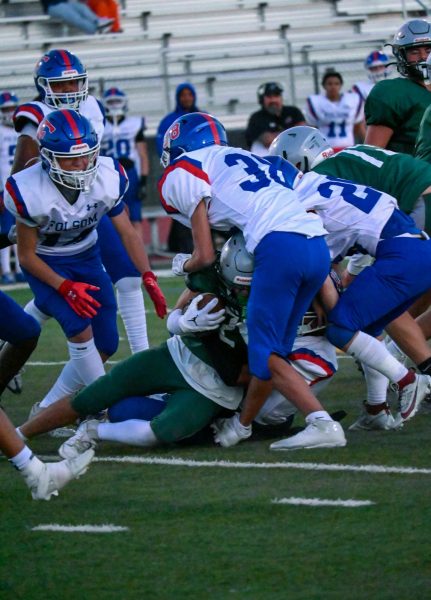



Laney Pahland • Sep 17, 2021 at 10:37 am
Dear Writer,
This article makes a great call to future writers who need to better diversify their media. This article examines previous faults of shows and movies made. However the writer briefly mentioned one little issue that changes the entire article; the limitations of these shows. Nickelodeon wasn’t just putting limits on the team for the Legend of Korra they were restricting them of their liberty. The show had gotten cut short and the producers were in a constant battle with Nickelodeon. The producers had always intended on having Korra and Asami get together but it was 2012 and any talk of queer people was still a taboo subject. Even producers now have an extremely difficult time with having queer people in their shows, especially with Dinsey. From Courage the Cowardly Dog to the Legend of Korra, the smaller, more subtler queerness wasn’t because producers wanted to tease a queer audience it was because it was the only way. There is a fine line between queer baiting to real limitations and you have stepped way over the line. Many queer people look to shows like the Legend of Korra as inspirations and even the reason for their queerness. Korra and Asami were queer asian characters, who were not able to get a lot of on screen romance, but still made their effect known. You attack the producers of these kind of shows when you should be directing your attention to the people who put the limitations on the creatives. There are more sides that are to this situation than just the writers, its the business people who have to make the show sellable, its the advertisers, its the higher ups at the studios themselves. Korra helped lead the way for lgbtqia+ characters to exist as themselves, to not be the butt of jokes or to be thrown away at the last minute. You put too much disrespect on this show.
From,
A disgruntled queer.
Laney Pahland • Jan 7, 2021 at 4:47 pm
Well Korra and Asami are my bi queens who paved the way to have queer couples kiss on cartoon so ?